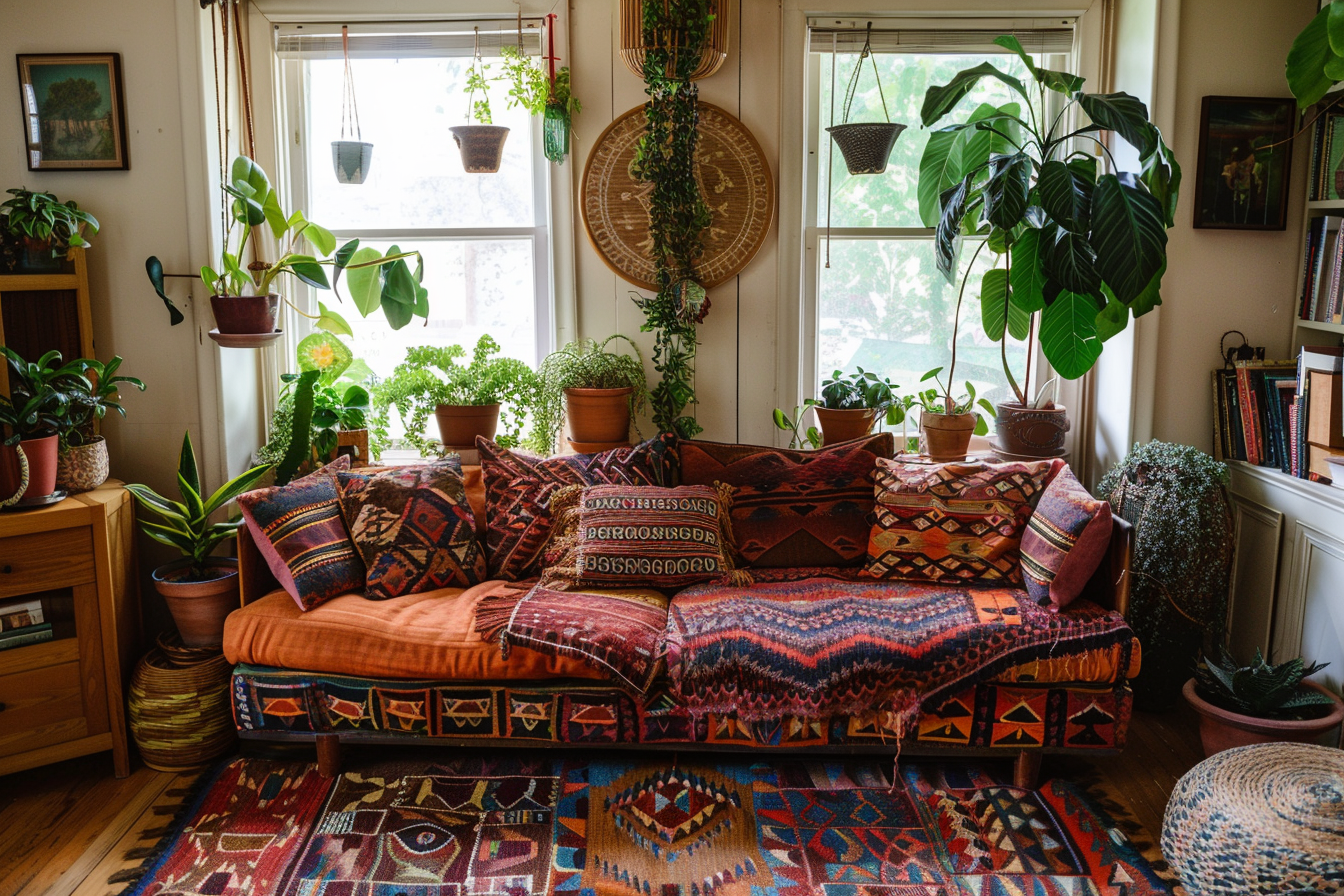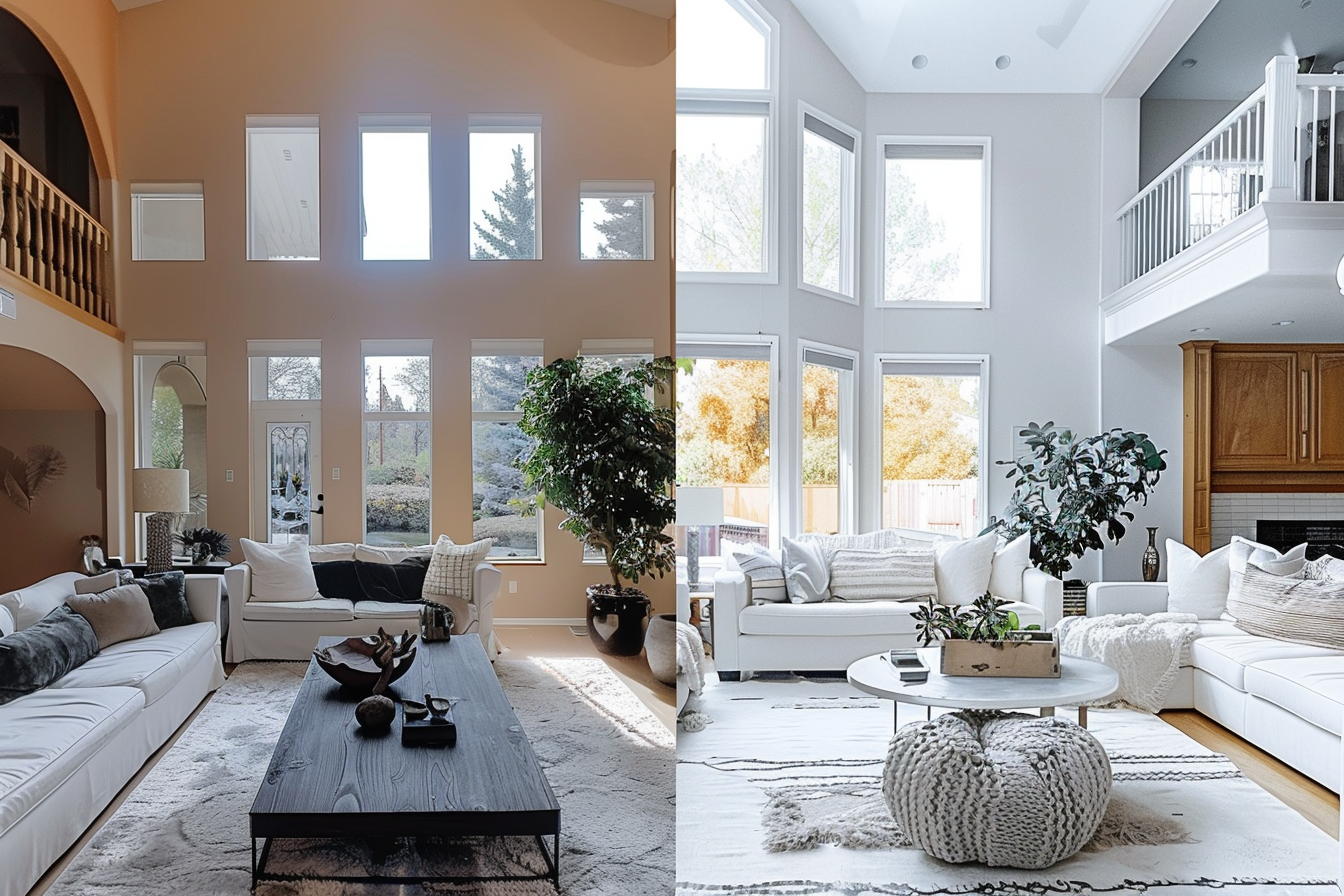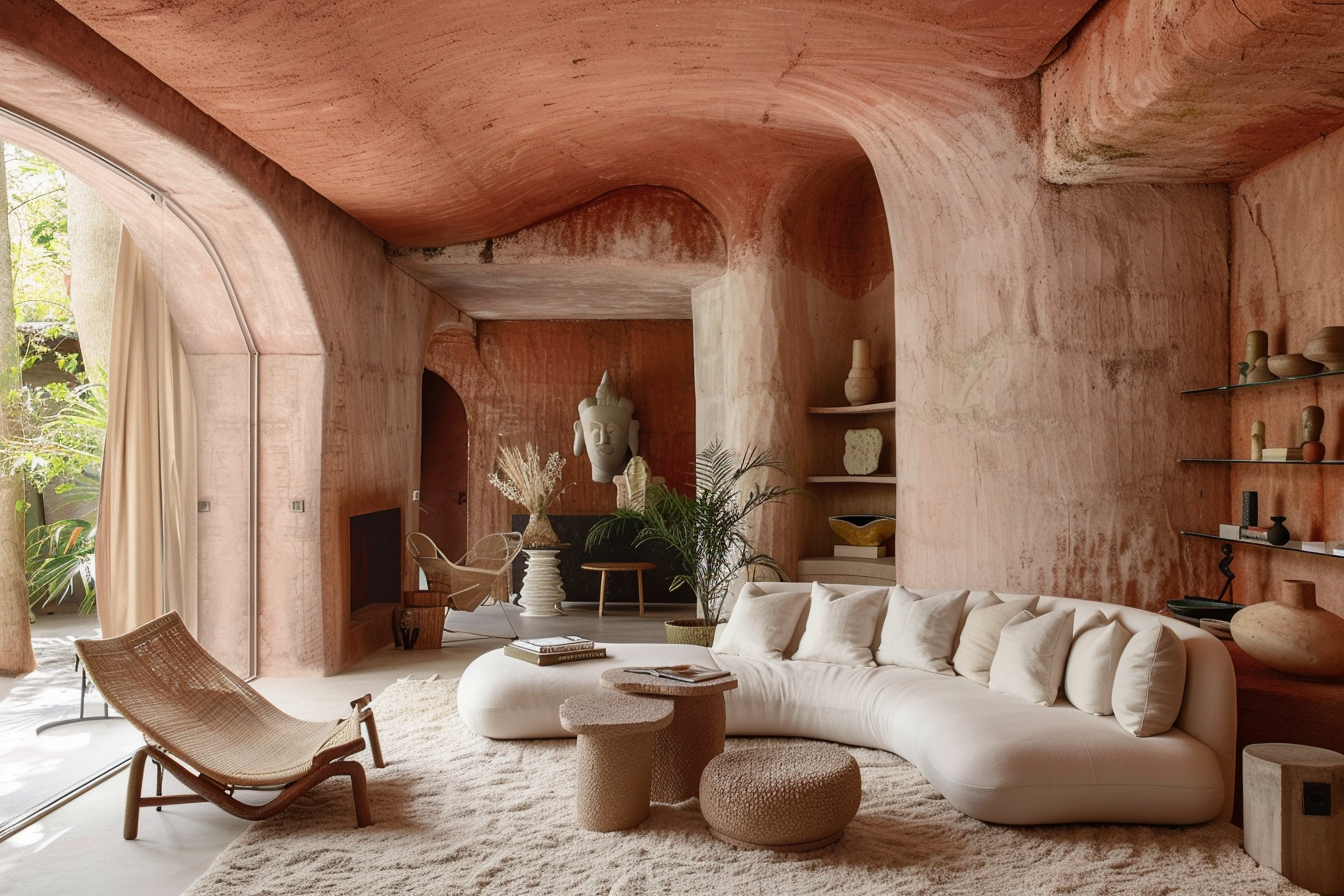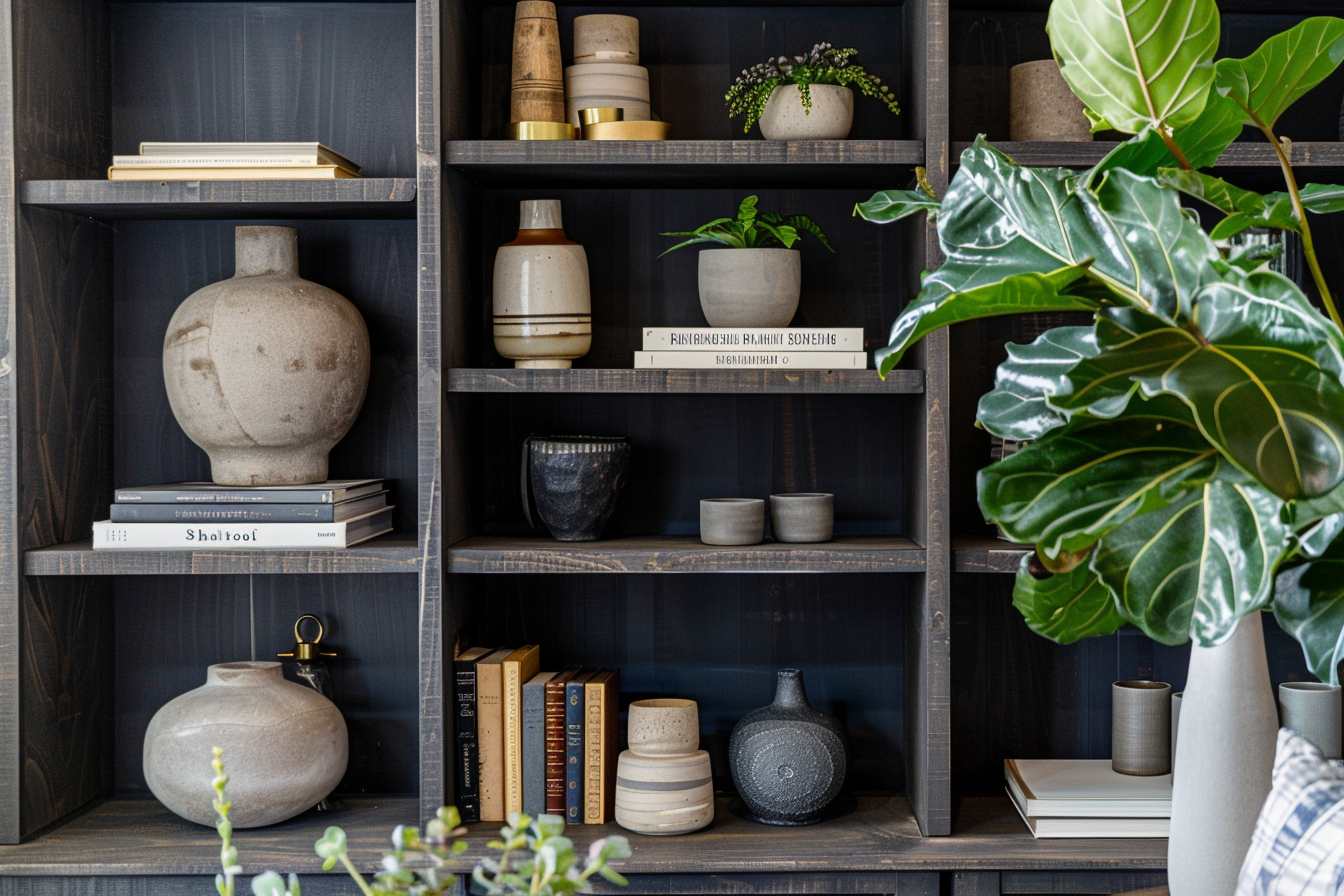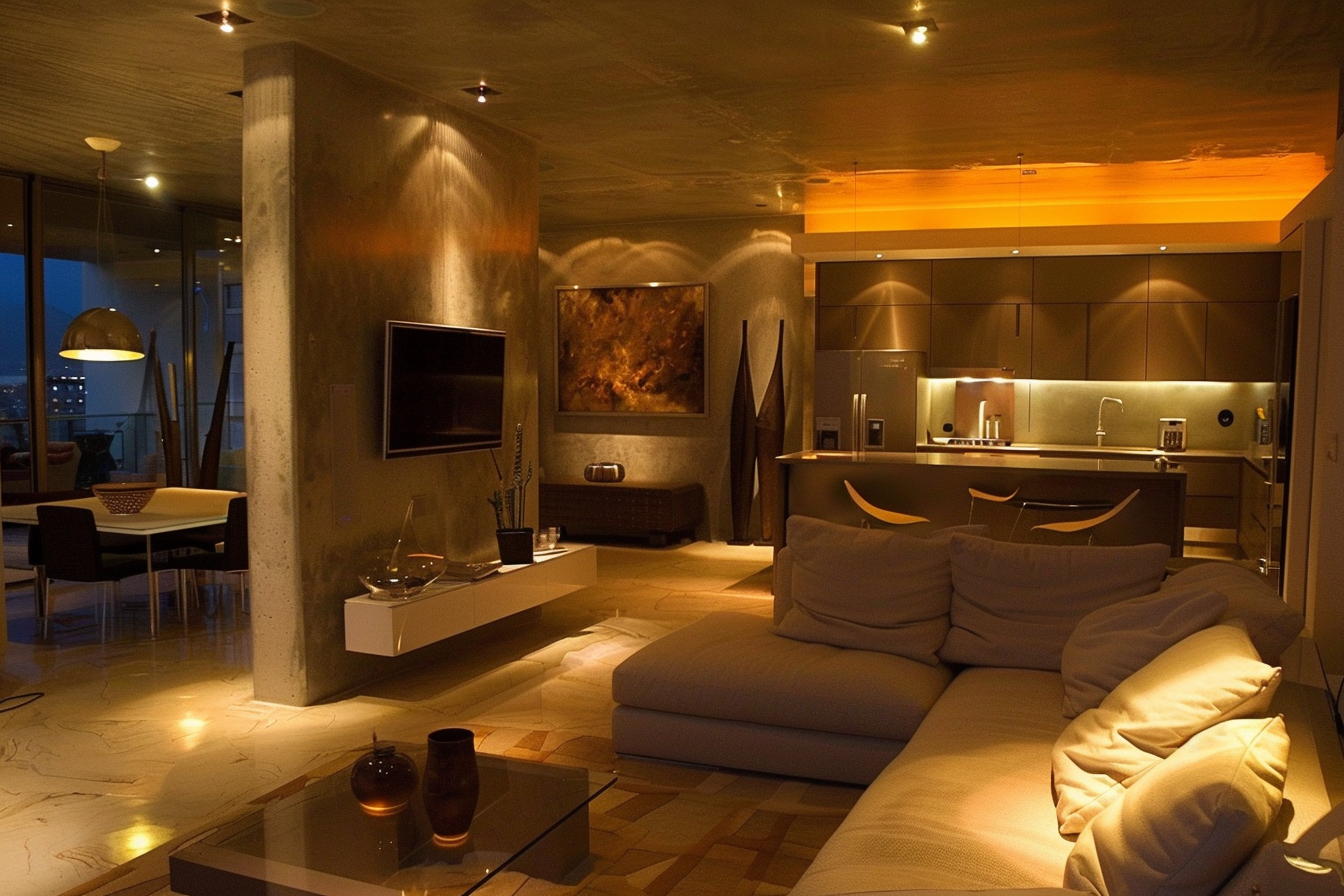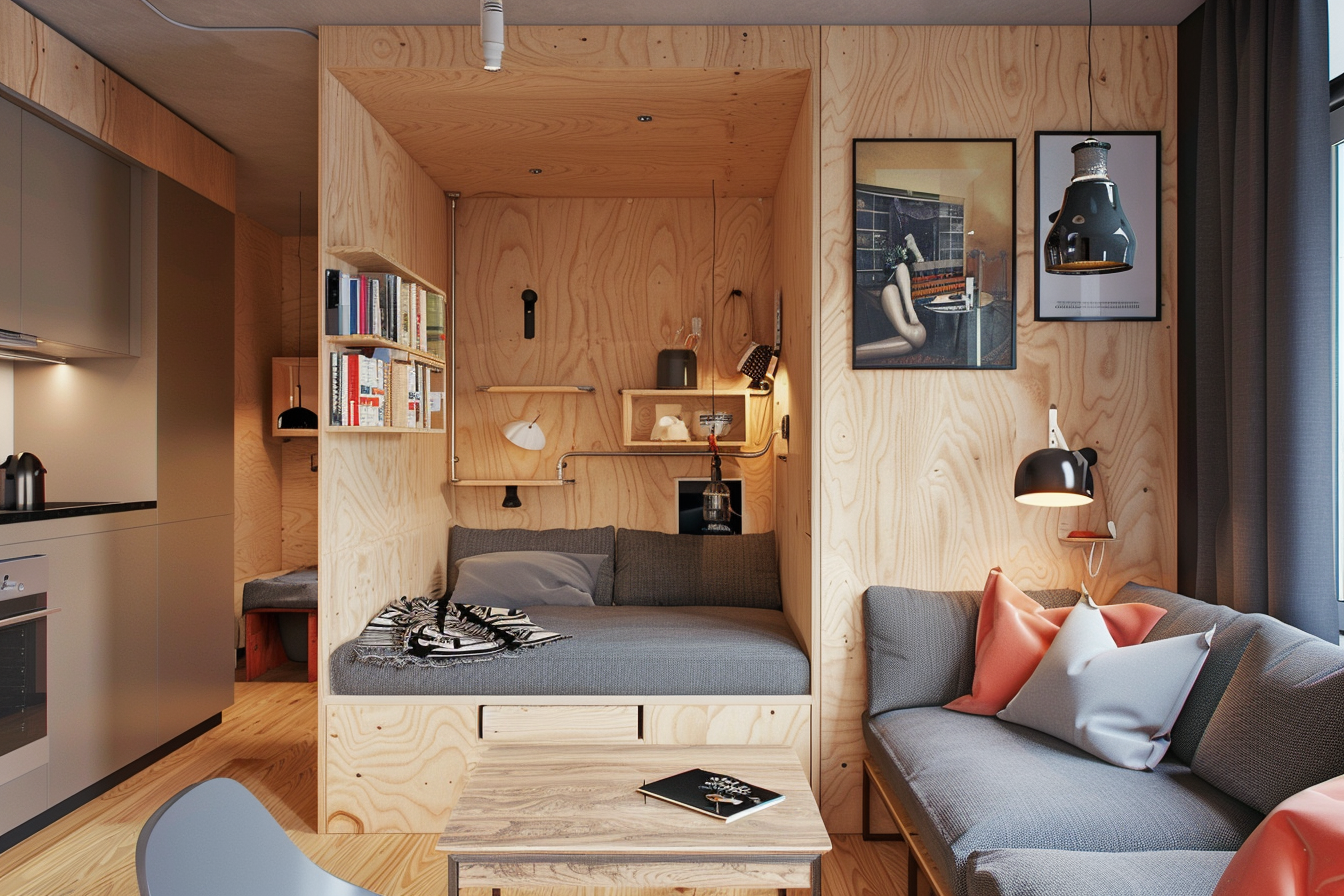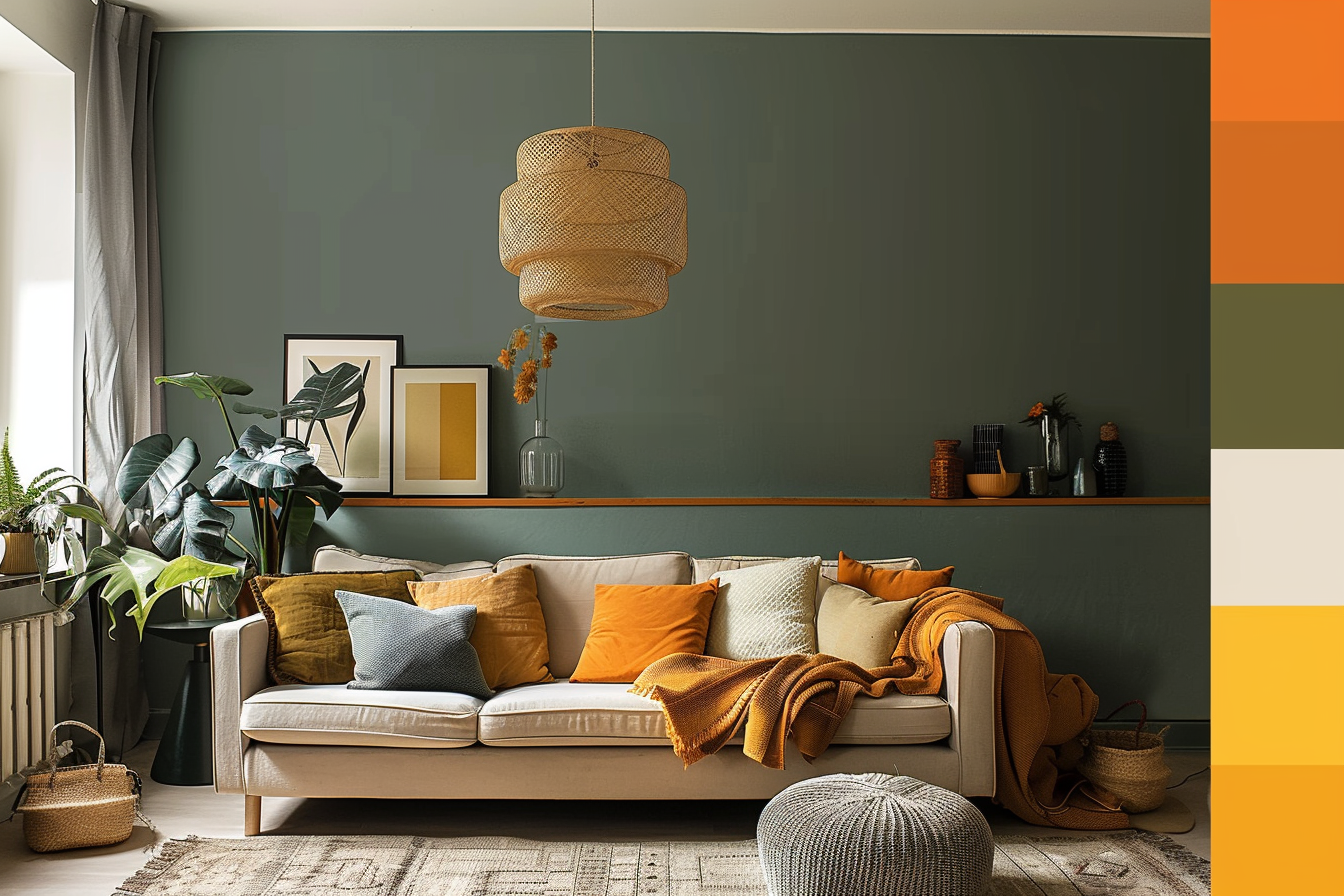The Magic of Minimalist Interiors: How to Keep It Warm, Not Cold

Minimalism often gets a bad reputation: too sterile, too empty, too cold. But when done right, minimalist interiors can be incredibly inviting, peaceful, and even cozy. It’s all about balance—between simplicity and softness, between clean lines and comforting textures.
In this article, I’ll share how to embrace minimalist design while keeping your home warm, personal, and full of life. ✨
1. 🌾 Layer Natural Textures
Minimalism doesn’t mean eliminating everything—it means choosing intentionally. And one of the most powerful ways to warm up a minimalist space is through texture.
Think linen curtains, a chunky wool throw, a jute rug underfoot, or a handcrafted ceramic vase on your table. These natural materials add depth and softness without adding clutter.
My tip: Stick to a neutral color palette, but vary the texture—mix soft, rough, smooth, and tactile elements for that layered, lived-in feel.
2. 💡 Choose Warm Lighting
Lighting is your secret weapon when it comes to warmth. Avoid harsh white LEDs and go for warm-toned bulbs—ideally between 2200K and 2700K.
Use multiple light sources: a pendant above the table, a reading lamp in the corner, and maybe a few candles for extra glow. Minimalist lighting doesn't have to be cold and architectural. It can feel like a gentle hug.
My tip: Dimmers are a minimalist’s best friend. They let you control the atmosphere without changing your design.
3. 🌿 Bring in the Green
A single plant can transform a room. In minimalist spaces, where every object matters, the organic shape and vibrant color of greenery adds a touch of soul and movement.
Choose one or two statement plants like a fiddle-leaf fig, a rubber plant, or even just a few sprigs of eucalyptus in a simple glass vase.
My tip: Keep plant pots in soft, earthy materials like terracotta, matte ceramic, or textured concrete to stay within the minimalist aesthetic.
4. 🧺 Keep It Personal (But Selective)
Minimalism is not about removing personality—it's about curating it.
Display a few meaningful objects: a framed photo you love, a book you always reach for, a handmade bowl from your travels. These elements should tell your story, not fill your shelves.
My tip: Use negative space on purpose. Empty space isn’t wasted—it gives breathing room to the objects that matter most.
5. 🎨 Stick to a Soft, Warm Color Palette
Avoid stark whites and opt instead for warm neutrals like soft beige, greige, clay, or even a muted sage. These tones feel calm and grounding, while still keeping that clean minimalist look.
My tip: Try painting your walls in a warm off-white (like Alabaster or Linen) to instantly soften the whole space.
✨ Final Thoughts
Minimalism isn’t about perfection—it’s about intentionality. When you choose each piece with care, focus on warmth and balance, and let your personality shine through in subtle ways, you create a home that feels just right.
Quiet, calm, and full of comfort. That’s the true magic of minimalist interiors.


